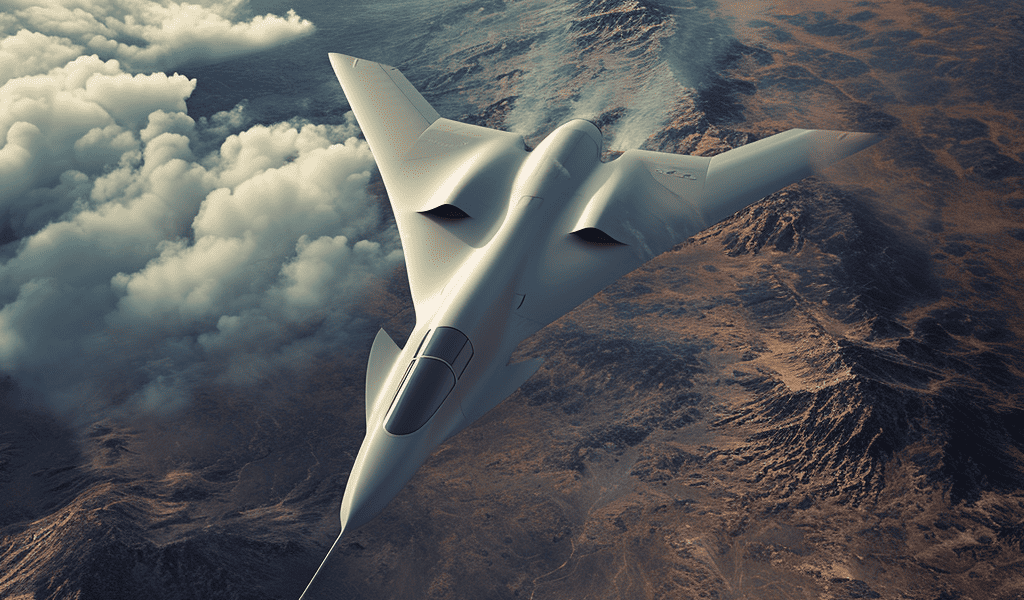The latest experimental DARPA aircraft, known as the X-65, is set to revolutionize aircraft design with its unique technology that eliminates the need for moving parts. Developed as part of the Control of Revolutionary Aircraft with Novel Effectors (CRANE) program, the X-65 is being constructed by Boeing subsidiary Aurora Flight Sciences following a contract with the Defense Department.
The key innovation behind the X-65 is the active flow control (AFC) technology, which utilizes directed jets of pressurized air to steer the aircraft, replacing traditional flaps and rudders. According to Aurora CRANE program director Kevin Uleck, the X-65 has the potential to significantly impact aircraft design in the future.
With potential applications in both military and civilian sectors, AFC technology offers the promise of reduced aircraft weight, improved aerodynamics, new design possibilities, and decreased mechanical complexity. The upcoming production phase will culminate in a flight test of the 30-foot wingspan, 7,000 lb unmanned aircraft at air speeds up to Mach 0.7.
Notably, the X-65 will feature a set of 14 AFC banks with independently-controllable air supply channels, allowing for comprehensive testing and evaluation of the AFC effectors compared to traditional flight control mechanisms. The inclusion of both traditional and AFC control systems will enable a direct comparison of their performance, providing valuable insights into the potential of AFC technology.
With its size, weight, and speed similar to military trainer aircraft, the X-65’s test flight data will have immediate real-world applicability. The insights gained from these tests will play a crucial role in shaping the future of aircraft design and operation.
The X-65’s development represents a significant step forward in the quest for more efficient and advanced aircraft technology. As the manufacturing phase progresses, the aviation industry eagerly anticipates the potential impact of AFC technology on the future of flight.





